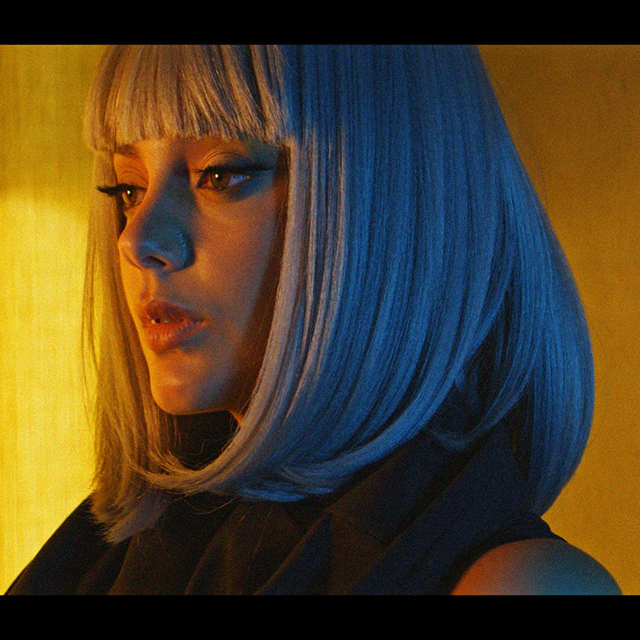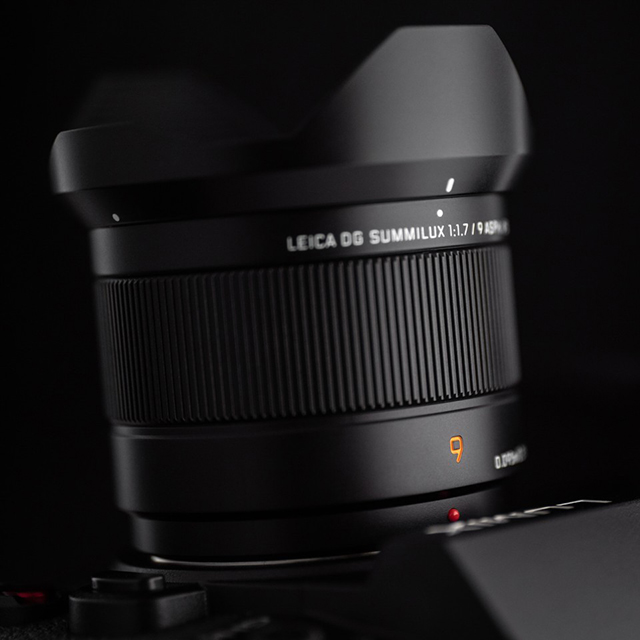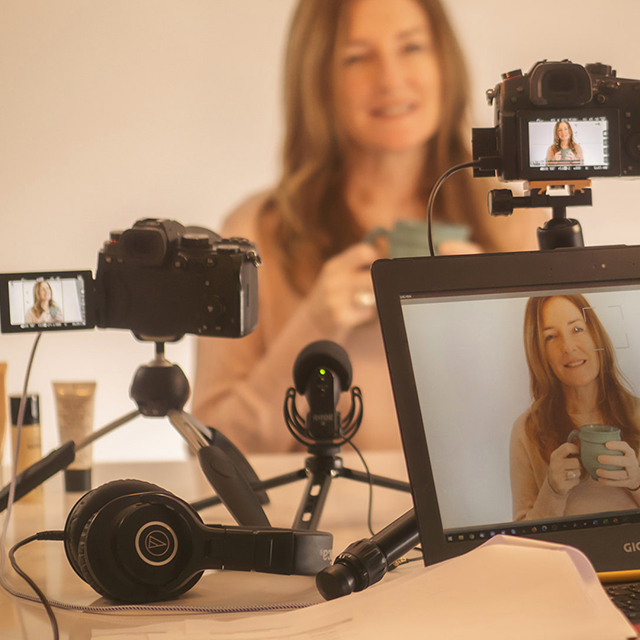The Benefits of Shooting ProRes with the Lumix GH6
Shooting in Apple ProRes directly to the memory card makes post-production very much easier, says Damien Demolder

One of the headline features of the new Lumix GH6 is its ability to record Apple ProRes directly to the memory card without the need for an external recorder. This is a big draw for videographers and film makers for a number of reasons, all of which revolve around the absolute convenience of the format and its power to make life a whole lot easier.
With previous Lumix models, recording in ProRes meant attaching an external recorder, such as the Atomos Ninja V or the Blackmagic Video Assist series, via HDMI. These recorders give us a nice big view of what we are shooting via their 5in/7in displays, but they also add weight to your camera rig and require feeding with batteries. The Lumix GH6 certainly doesn’t make these recorders redundant, but it does allow many more occasions in which we can record in ProRes with a lightweight camera set-up. It also means if you don’t have an external recorder ProRes is now an option for your production.
What’s so good about ProRes?
The ProRes format in itself doesn’t deliver dramatically better quality footage than the standard H.264 and H.265 options your Lumix camera offers, and if you watched finished clips made in any of these formats you wouldn’t be able to tell which was shot in what mode. You may know though, from your own experience, that some video resolutions and formats play easier in your video editing software than others. That experience may have taught you to avoid the highest resolution or highest quality settings that your camera offers – simply because your editing set-up can’t handle the files very well.
The great thing about ProRes is that it allows us to record in the best settings our camera offers and presents the footage so that clips play smoothly in our editing software. While you might think that the much larger file sizes would make life more difficult for your computer, it actually has to do much less work decoding them so the footage plays easily. This means we can record in much higher resolutions without the inconvenience of stuttering playback and having to make proxie versions of our footage.
In the Lumix GH6 we don’t have the option to record 5.7K in 4:2:2 colour using the regular MOV codec options, but everything recorded in ProRes will be 4:2:2 and 10-bit which really helps to make the most of the colour and dynamic range capabilities of the new sensor.
What’s wrong with Proxies?
There’s nothing wrong with making proxies of your high-resolution H.265 footage to make it run more smoothly in the timeline. However, doing this adds an extra lengthy step to your post-production processes, and the proxie files can weigh heavily on your storage capacity. Proxies are smaller, low-resolution copies of the original footage that most editing programs are able to make for you, and which can be used to edit and grade your project in the timeline. As they are smaller they run more easily, allowing the editor to see the footage more accurately, to make effective transitions, and to ensure the audio is perfectly synchronised – all hard to do when your video is stuttering. When you come to export your finished project the software will apply all the changes you have made in the proxies to the original, full-resolution, files.

As proxies are low-resolution versions of your original footage though, the picture quality in the editing window won’t look as good, and it might be harder to check for sharpness and focus.
File Sizes and Data Rates
Recording in ProRes uses a lot of storage space and demands memory media that can accept data very quickly. In the Lumix GH6 ProRes recording are saved to the CFexpress card slot as current SD cards can’t cope with the data rate.
To give you an idea of how much storage and data we are talking about I recorded three 20-second clips using 5.7K resolution to compare the space they occupy on the card.

As you can see, the ProRes files are significantly larger than the H.265 file for the same duration of footage, but the ProRes files play back smoothly on my computer while the H.265 file stutters and skips even when playing from an SSD.
In absolute quality terms ProRes 422 HQ will contain more information than ProRes 422, but it will be very hard to see the difference in most situations.
The future

Panasonic has already announced that a future firmware update will allow users to record in ProRes with lower resolutions, including Cinema 4K and FHD, which will make storage easier and playback even easier. We will also be able to record directly to SSD, which will open a world of high-capacity storage with excellent data rates at a more reasonable cost than the current crop of CFexpress media.
Conclusion
While it uses a lot of space on your memory card compared to the H.265 codecs, shooting in Apple ProRes makes working with the highest resolution options in the Lumix GH6 very much easier in post-production. It encourages us to use the highest quality settings the camera has to offer, which also allows us to zoom, pan and crop more freely in the edit without the worry of the capture resolution dropping below our output resolution. Shooting in ProRes also gives us 4:2:2 10-bit colour every time – ensuring maximum flexibility in the grade.
Lumix Experience Facebook Group
If you have any questions on this piece, or any other, join the Lumix Experience Facebook Group where you’ll find other Lumix users and Lumix experts who will be delighted to help.






